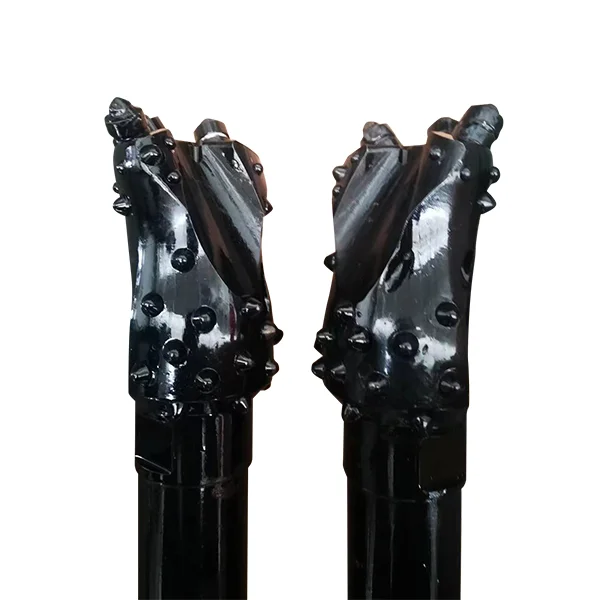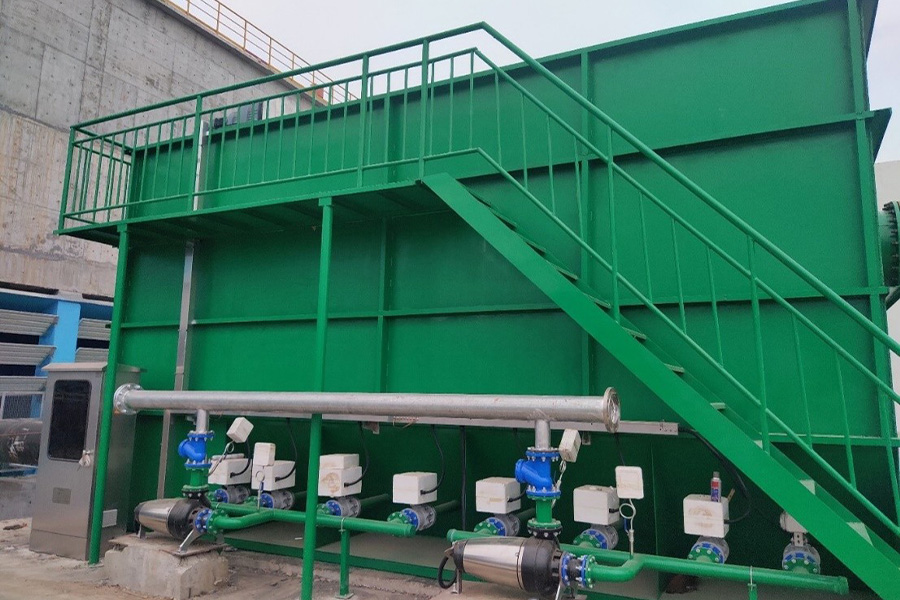Electrical relay switches are fundamental components in various industries, enabling the control and automation of electrical circuits. Understanding how these switches work is crucial for engineers, technicians, and enthusiasts alike. In this comprehensive guide, we will delve into the intricate workings of electrical relay switches, exploring their mechanisms, applications, and benefits.
- The Basics of Electrical Relay Switches:
An electrical relay switch is an electromechanical device that controls the flow of electricity in a circuit. It consists of several key components, including a coil, an armature, contacts, and a spring. When an electrical current passes through the coil, it generates a magnetic field, attracting the armature and closing the contacts, thereby completing the circuit. - Types of Electrical Relay Switches:
There are various types of electrical relay switches, each designed for specific applications. These include electromagnetic relays, solid-state relays, thermal relays, and reed relays. Each type possesses unique characteristics and advantages, catering to diverse industry requirements. - Working Principles:
The working principle of an electrical relay switch involves the conversion of electrical energy into mechanical motion. When the coil receives an electrical current, it creates a magnetic field that pulls the armature towards it. This action causes the contacts to close or open, depending on the relay's configuration, thus controlling the circuit's operation. - Applications of Electrical Relay Switches:
Electrical relay switches find extensive use in numerous industries, such as automotive, telecommunications, power systems, and industrial automation. They facilitate functions like motor control, circuit protection, signal amplification, and remote control systems. Their reliability, durability, and versatility make them indispensable components in modern technology. - Advantages and Limitations:
Electrical relay switches offer several advantages, including high switching speed, low power consumption, and compatibility with various voltage levels. They also provide electrical isolation, protecting sensitive components from voltage spikes. However, they have limitations, such as limited lifespan due to mechanical wear and susceptibility to contact arcing. - Future Developments:
As technology advances, electrical relay switches continue to evolve. Miniaturization, enhanced reliability, and increased switching capacity are some areas of ongoing research and development. Additionally, the integration of solid-state components and advanced control systems promises to revolutionize the capabilities of electrical relay switches.
Conclusion:
Electrical relay switches play a vital role in controlling and automating electrical circuits across multiple industries. Understanding their intricate workings empowers engineers and technicians to design efficient and reliable systems. From the basics of their operation to their diverse applications and future developments, electrical relay switches remain indispensable components in the modern world of technology.












+ There are no comments
Add yours